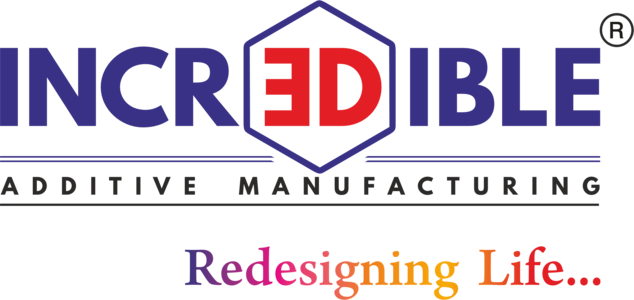What is it?

Nowadays applications demand a lot from material. Every material is unique as far as its electrical, mechanical, magnetic, thermal etc properties are concerned. This uniqueness has a disadvantage; if a component has been built in steel, it is very strong compared to aluminium, however on the other hand, it is heavy. What if we could divide this part in two sections where we build structural part in steel and remaining part in aluminium. The produced part will be strong as well as light weight. Similarly, some portion of a part can be structural, and rest could be thermally conductive. Metal 3D printing offers unique capability of producing such parts with varying properties throughout the cross section. One material can be printed on top of another, for instance, maraging steel can be printed on H13 grade. It resembles the welding process, but the metallurgical bonding achieved in metal 3D printing is exceptional.
Benefits

- Varying material properties throughout the cross section
- Very strong metallurgical bond between two parts at the interface compared to welding
- Significant improvement in safety and efficiency of parts while in operation
- Base material saving
Application Industries






Process

| Steps | Description |
| 01 | Select Parts |
| 02 | Analyse Weldability |
| 03 | CAD Mode |
| 04 | Fixture Design |
| 03 | CMM Referencing |
| 04 | 3D Printing |

